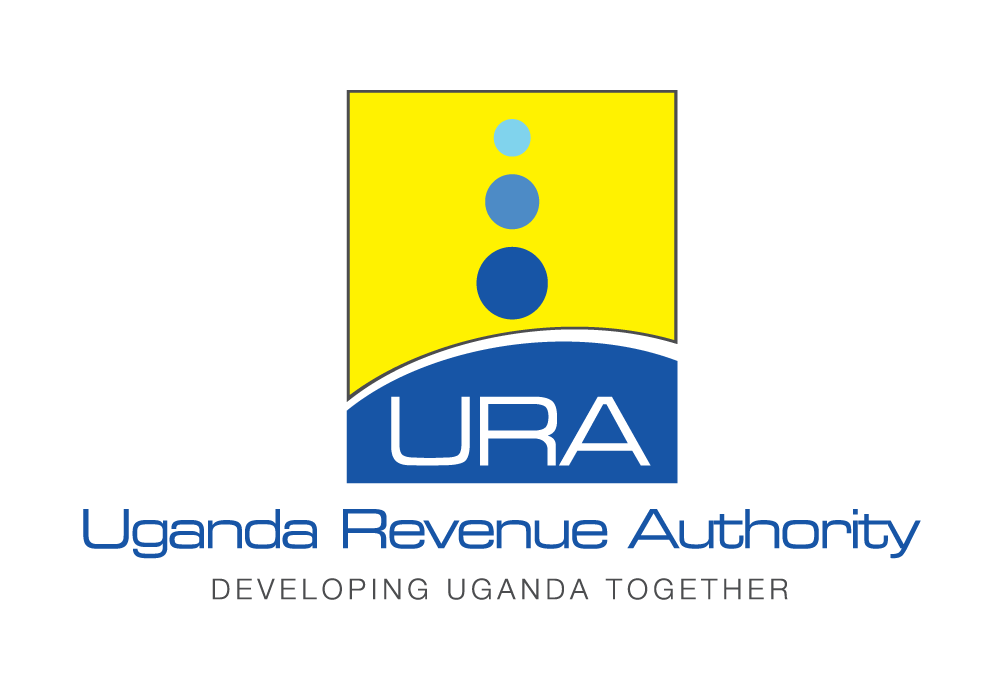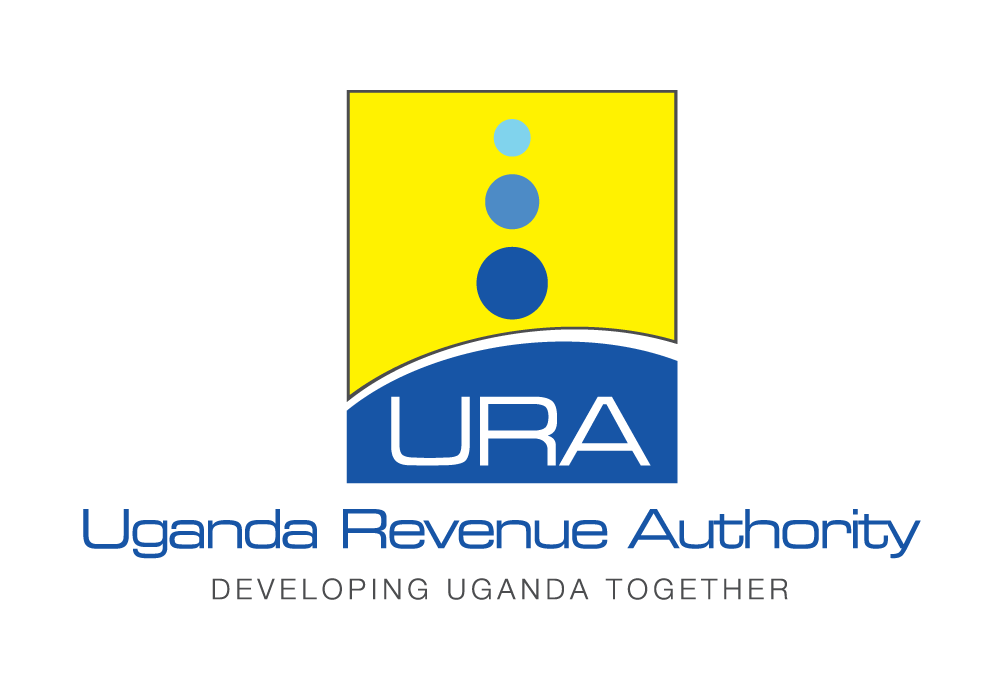The ACV provides for six methods of valuation to be applied in the following sequential order except for methods 4 and 5 where the law provides for reversal of the order of application on request by the importer.
The transaction value method;
The transaction value of identical goods;
The transaction value of similar goods;
Deductive value method;
Computed value method, and;
Fallback method.
Only when the method specified earlier in the sequence cannot be applied, can recourse be taken to the next method in the sequence.
It should be noted that the primary basis for valuing imported goods is the transaction value method which has to be applied to the greatest extent possible.
Method 1: Transaction Value Method
Transaction value is the price actually paid or payable for the goods when sold for export to the country of importation adjusted in accordance with provisions of article 8.
The price actually paid or payable
• Total payment made or to be to or for the benefit of the seller.
• Payment may be made in parts but the total must be considered.
• Need not necessarily take the form of money but other forms e.g. transfer of shares or other negotiable instruments.
Price actually paid – Cash transactions or payment made prior to presentation of goods to Customs for valuation.
Price payable – Credit transactions.
Factual situation subject to demonstrable proof.
Evidence of price actually paid – Receipts, Telegraphic Transfer transaction reports etc.
Evidence of price payable – Invoices, contracts etc. with clear terms of payment.
Realistic credit period, future ascertainable date of payment etc.
Credit instruments- letters of Credit, Documentary Collections – Bills of Exchange.
The conditions for use of Transaction Value method:
• That there are no restrictions as to the disposal or use of the goods by the buyer
• That the sale is not subject to a condition or consideration for which a value cannot be determined with respect to the goods being valued.
• That no part of the proceeds of any subsequent resale accrues directly or indirectly to the seller unless an appropriate adjustment can be made under article 8.
• That the buyer and the seller are not related or where they are related, the relationship did not influence the price.
Method 2: Transaction Value of Identical Goods (Article 2 of the Agreement on Customs Valuation)
• Basis shall be a previously accepted transaction value of goods identical to the ones being valued.
• Identical goods are goods which are the same in all respects including physical characteristics, quality & reputation.
• Exported at about the same time as goods being valued.
• In substantially the same quantities and at the same commercial levels.
Method 3: Transaction Value of Similar Goods (Article 3 of the Agreement on Customs Valuation)
• Basis shall be a previously accepted transaction value of goods similar to the ones being valued.
• Similar goods are goods which although not alike in all respects, have like characteristics and component materials which enables them to perform the same functions and to be commercially interchangeable.
• Exported at about the same time as goods being valued
• If not in substantially the same quantities and at the same commercial level, adjust for commercial level or quantity level factors or for both.
• Goods produced by a different producer shall be considered only when there are no similar goods produced by the same person.
Method 4: Deductive Value method (Article 5 of the Agreement on Customs Valuation)
• Basis shall be the unit price at which imported goods or identical or similar goods are sold in their greatest aggregate quantity in the condition imported at or about the same time of importation of the goods being valued but not later than 90 days in the country of import.
• Deductions for either commissions or profits and general expenses.
• Cost of transportation & insurance after importation.
• Customs duties and local taxes payable by reason of sale of the goods in the country of import.
Method 5: Computed Value Method (Article 6 of the Agreement on Customs Valuation)
Basis of Customs value shall be a computed value
Computed value shall consist of;
• The value or costs for materials, fabrication & labor.
• An amount for the producer’s profits & general expenses.
• The cost or value of all other expenses necessary to reflect the valuation option chosen by the country of importation.
Method 6: Fall Back Method (Article 7 of the Agreement on Customs Valuation)
• The basis shall be reasonable means consistent with the provisions and general principles of ACV and article VII of GATT (General Agreement on Tariffs and Trade) 1994.
• Interpretation of article 1-6 sequentially but with reasonable flexibility.




No Comments yet!